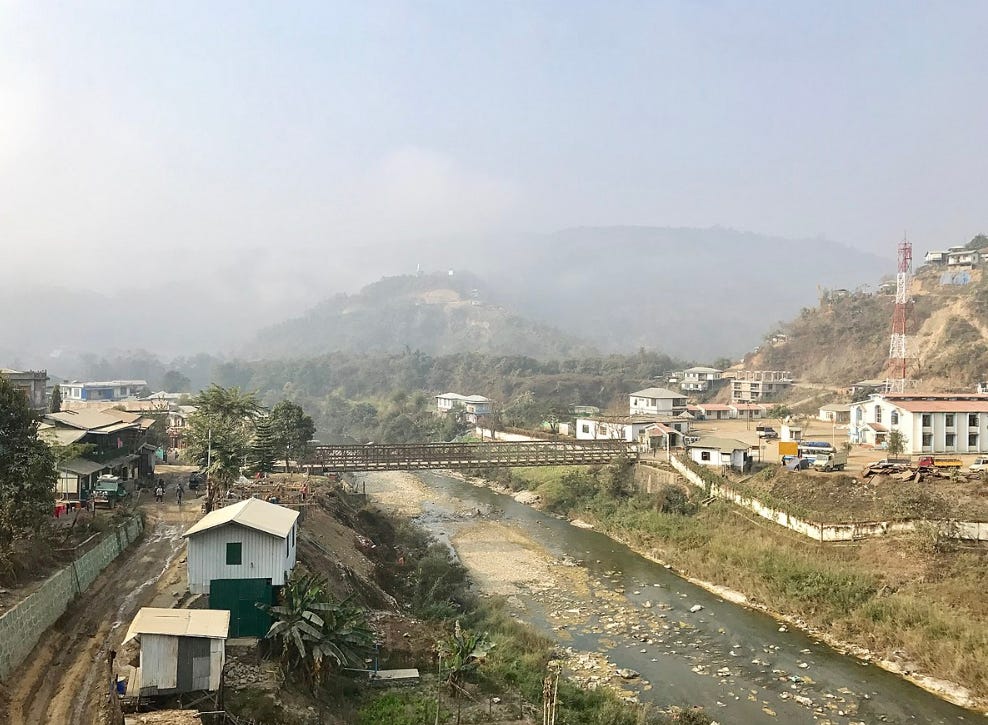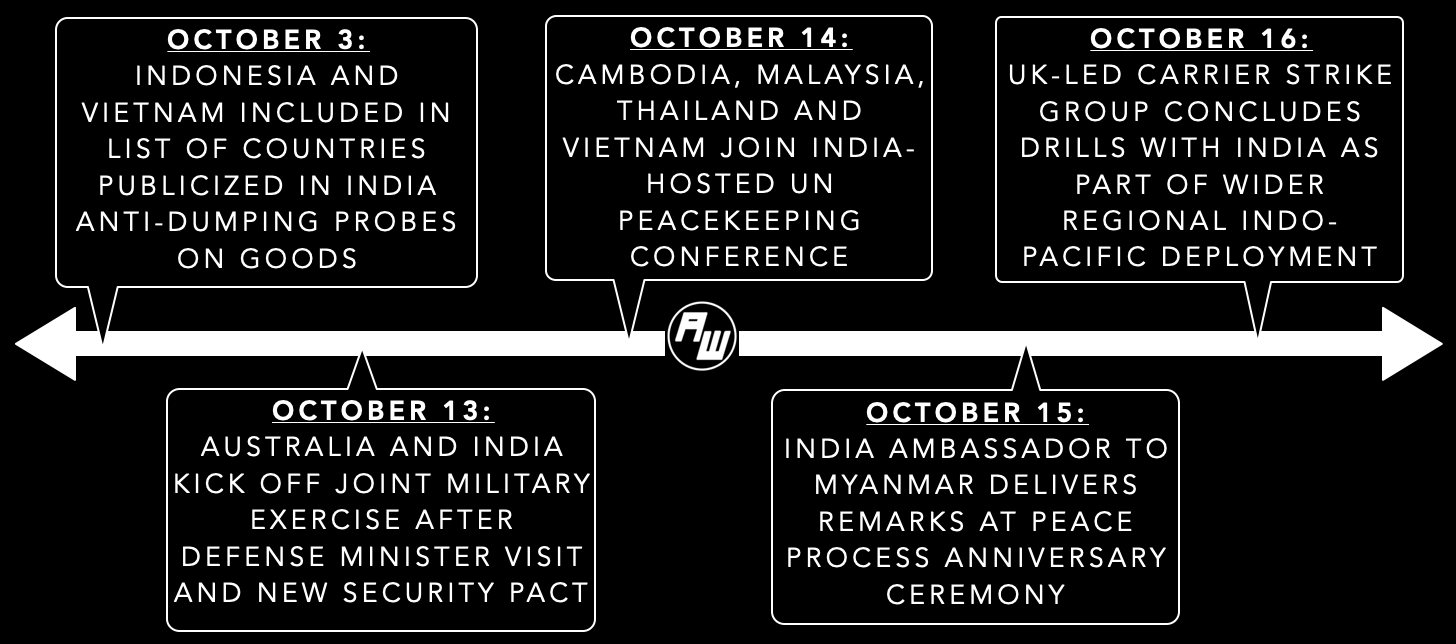Review: Can Geoeconomics Power India ASEAN Act East Futures?
New book leverages sources including armed groups and ex-intelligence officials to shed light on a key geoeconomic theater in Southeast Asia and Indo-Pacific.
A new book leverages sources such as armed groups and ex-intelligence officials to shed light on a key geoeconomic theater in Southeast Asia and Indo-Pacific.
WonkCount: 1,346 words (~6 minutes)
Review: Can Geoeconomics Power India ASEAN Act East Futures?
Context
“Our desire for comprehensive connectivity is very much there,” an Indian official recently told Southeast Asian journalists on New Delhi’s approach to the region during an Indian government regional familiarization visit that concluded in early October1. While the official acknowledged challenges familiar to regional watchers such as delayed infrastructure project timelines and post-coup Myanmar, the comments were the latest datapoint in how India is navigating gaps between aspirations and realities in implementing its “Act East” policy, including through development initiatives in northeastern India originally conceptualized as the land-based geoeconomic connectivity gateway to Southeast Asia2.
Select Recent Notable Developments Involving India and Southeast Asia and Indo-Pacific Partners
A new book India’s Near East by scholar Avinash Paliwal leverages interviews with former intelligence officials and ethnic armed group representatives along with secondary research to shed light on the future of a key geoeconomic theater for major power engagement in Southeast Asia and Indo-Pacific, including challenges and opportunities that may lie ahead3. In doing so, it adds to a series of recently published books focused on India’s ties with Southeast Asia and other subregions in the Indo-Pacific region, including ones we have reviewed on ASEAN Wonk such as The Mango Flavor by India’s former ambassador to ASEAN Gurjit Singh4. “For a country invested in the Indo-Pacific and aligned with the United States, Japan and Australia — the Quad — to counter China, such connectivity is essential,” the book notes before outlining the current and future trajectory of this connectivity and its wider implications5.
Analysis
The book also forecasts future policy pathways to watch in the coming years and their wider regional and global implications (see originally-generated ASEAN Wonk table below for a summary of these critical areas, along with major policy cooperation areas and key domains. Paying subscribers can also read the rest of the “Analysis” section and “Implications” section looking at how these dynamics play out in the future).





